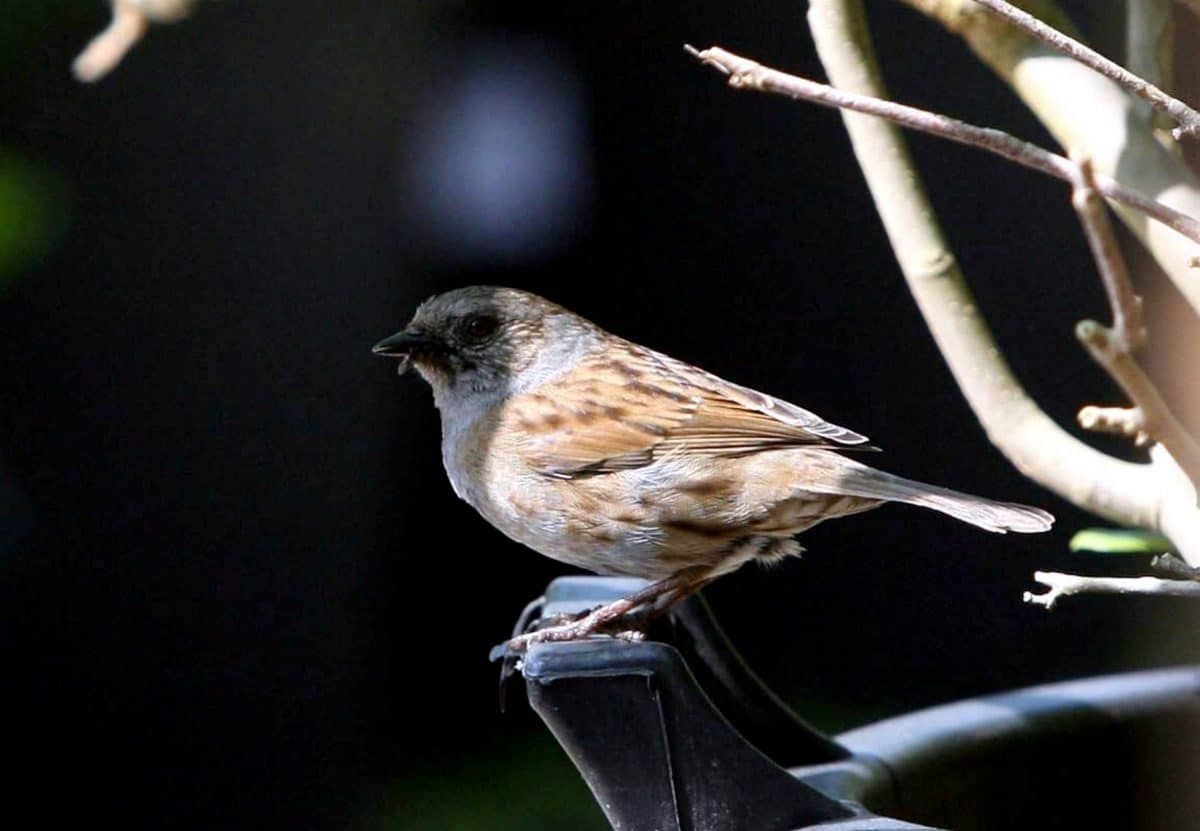
Credit;SWNS
The United States and Canada have lost more than one in four birds – almost three billion – in the last 50 years, reveals a new study.
Researchers discovered that since 1970, bird populations in North America have plummeted by 29 per cent, which they signals a “widespread ecological crisis”.
The findings, published in the journal Science, show “tremendous losses” across diverse groups of birds and habitats – from iconic songbirds such as meadowlarks to long-distance migrants such as swallows and garden birds – including sparrows.
Study lead author Dr Ken Rosenberg, of the Cornell University Lab of Ornithology, said: “Multiple, independent lines of evidence show a massive reduction in the abundance of birds.
“We expected to see continuing declines of threatened species. But for the first time, the results also showed pervasive losses among common birds across all habitats, including backyard birds.”
The study notes that birds are indicators of environmental health, signaling that natural systems across the US and Canada are now being so severely impacted by human activities that they no longer support the same robust wildlife populations.
The findings showed that of nearly three billion birds lost, 90 per cent belong to 12 bird families, including sparrows, warblers, finches, and swallows – common, widespread species that play influential roles in food webs and ecosystems, from seed dispersal to pest control.
Grassland birds have been especially hard hit, with a 53 per cent reduction in population – more than 720 million birds – since 1970.
Shorebirds, most of which frequent sensitive coastal habitats, were already at ‘dangerously low’ numbers and have lost more than a third of their population.
The volume of spring migration, measured by radar in the night skies, has dropped by 14 per cent just in the last decade.
Study co-author Professor Peter Marra, of Georgetown University in the US, said: “These data are consistent with what we’re seeing elsewhere with other taxa showing massive declines, including insects and amphibians.
“It’s imperative to address immediate and ongoing threats, both because the domino effects can lead to the decay of ecosystems that humans depend on for our own health and livelihoods — and because people all over the world cherish birds in their own right. Can you imagine a world without birdsong?”
Evidence for the declines emerged from detection of migratory birds in the air from 143 NEXRAD weather radar stations across North America in a period spanning over 10 years, as well as nearly 50 years of data collected on the ground.
Study co-authorDr John Sauer, of the U.S. Geological Survey (USGS), said: “Citizen-science participants contributed critical scientific data to show the international scale of losses of birds.
“Our results also provide insights into actions we can take to reverse the declines.”
Although the study did not analyze the causes of the declines, the researchers noted that the steep drop in North American birds parallels the losses of birds elsewhere in the world, suggesting multiple interacting causes that reduce breeding success and increase mortality.
They noted that the largest factor driving the declines is likely the widespread loss and degradation of habitat, especially due to agricultural intensification and urbanisation.
Other studies have documented mortality from predation by free-roaming domestic cats; collisions with glass, buildings, and other structures; and pervasive use of pesticides associated with widespread declines in insects, an essential food source for birds.
Climate change is expected to compound the challenges by altering habitats and threatening plant communities that birds need to survive, according to the research team.
They said more research is needed to pinpoint primary causes for declines in individual species.
Co-author Michael Parr, president of American Bird Conservancy, said: “The story is not over.
“There are so many ways to help save birds. Some require policy decisions.
“We can also work to ban harmful pesticides and properly fund effective bird conservation programmes.
“Each of us can make a difference with everyday actions that together can save the lives of millions of birds – actions like making windows safer for birds, keeping cats indoors, and protecting habitat.”
But the study also documents a few promising rebounds resulting from human efforts.
Waterfowl – ducks, geese, and swans – have made a “remarkable” recovery over the past 50 years, made possible by investments in conservation by hunters and billions of dollars of government funding for wetland protection and restoration.
Raptors, such as the Bald Eagle, have also made “spectacular” comebacks since the 1970s, after the harmful pesticide DDT was banned and recovery efforts through endangered species legislation in the US and Canada provided critical protection.
Co-author Dr Adam Smith, of Environment and Climate Change Canada, added: “It’s a wake-up call that we’ve lost more than a quarter of our birds in the US and Canada.
“But the crisis reaches far beyond our individual borders.
“Many of the birds that breed in Canadian backyards migrate through or spend the winter in the U.S. and places farther south – from Mexico and the Caribbean to Central and South America.
“What our birds need now is an historic, hemispheric effort that unites people and organisations with one common goal: bringing our birds back.”